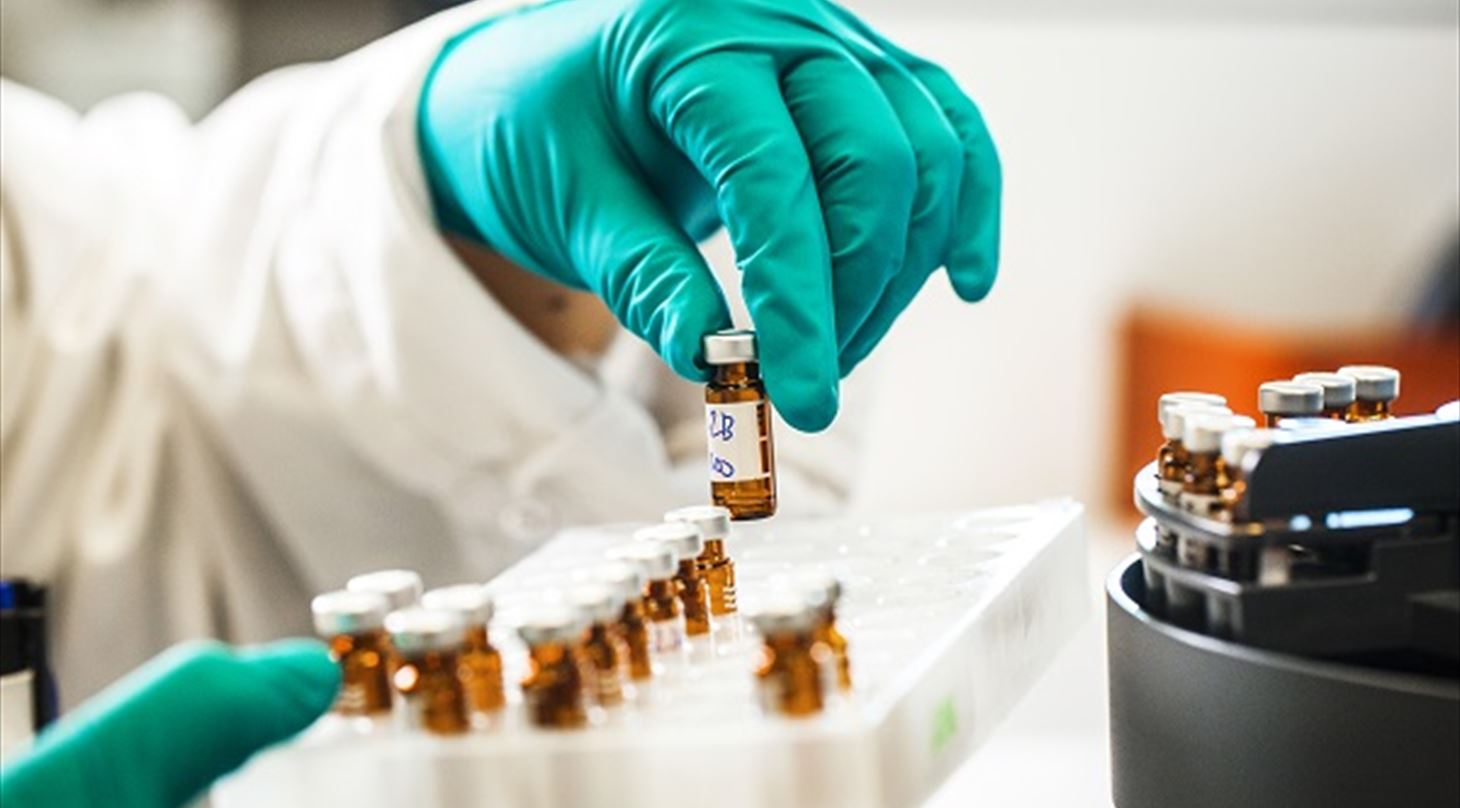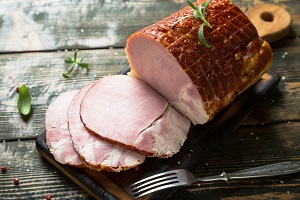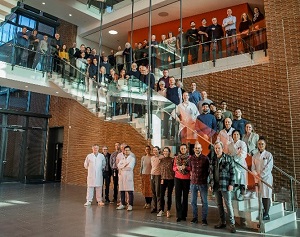
Chemical analysis of liquid smoke
 Smoking of food
Smoking of food
Smoking of food is amongst the most common methods for flavoring and conservation.
However, the traditional application process poses challenges both in terms of fire risk and exhaust gas management. It is furthermore subject to substantial natural variations.
For these reasons, the use of “liquid smoke” is gaining popularity. Liquid smoke is produced by condensing gaseous smoke, thereby transferring the flavors, antioxidants and antimicrobials to a concentrated liquid product.
This liquid product can be applied to the food, for example by spraying, submersion or injection, thereby eliminating the hassles and dangers of traditional smoking.
It is well known that gaseous smoke may contain a range of toxins and carcinogens, and so may liquid smoke1. Furthermore, as liquid smoke is considered a “novel food” in most regions of the world, strict requirements are facing manufacturers of liquid smoke before a product can be released for sale.
Liquid smoke is considered to consist of three fractions:
- A solvent, which is typically water
- A non-volatile fraction, typically consisting of semi-pyrolyzed lignin
- A volatile fraction, typically consisting of oxidized hydrocarbons
The most rigorous requirements relate to the analysis of the volatile fraction since the known toxins and carcinogens are typically found in this fraction. For example, EFSA requires that at least 80% of the volatile fraction is unequivocally identified, meaning that extensive libraries of GC-MS spectra must be obtained for each compound in the product2. With products typically containing 50-100 compounds, such analyses are very demanding.
 About us
About us
The ISO 17025 accredited chemical laboratory in the Division of Food and Production at the Danish Technological Institute is a commercial contract laboratory with extensive experience in analysis of novel foods in general and liquid smoke products in particular3. The division employs more than 250 dedicated specialists, consultants and technicians, ensuring the highest level of insight and expertise.
We offer a complete analysis package ensuring timely and cost-effective analyses of all fractions of liquid smoke. The analyses are tailored to each task, whether an application, a re-application or quality control is required.
- Keryanti et al. (2020) Applications of Liquid Smoke from Biomass on Food Products: A Review. DOI: 10.2991/aer.k.201221.086
- EFSA scientific guideline, Scientific Guidance for the preparation of applications on smoke flavouring primary products, https://doi.org/10.2903/j.efsa.2021.6435
- Chemical Laboratory - DMRI